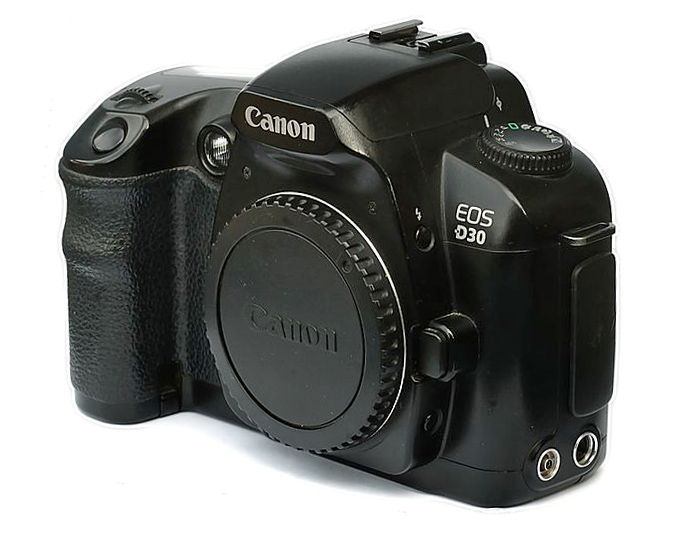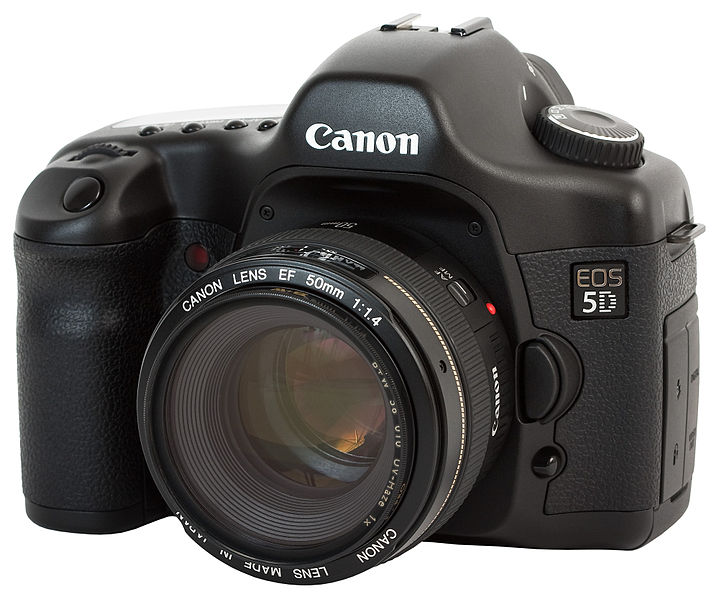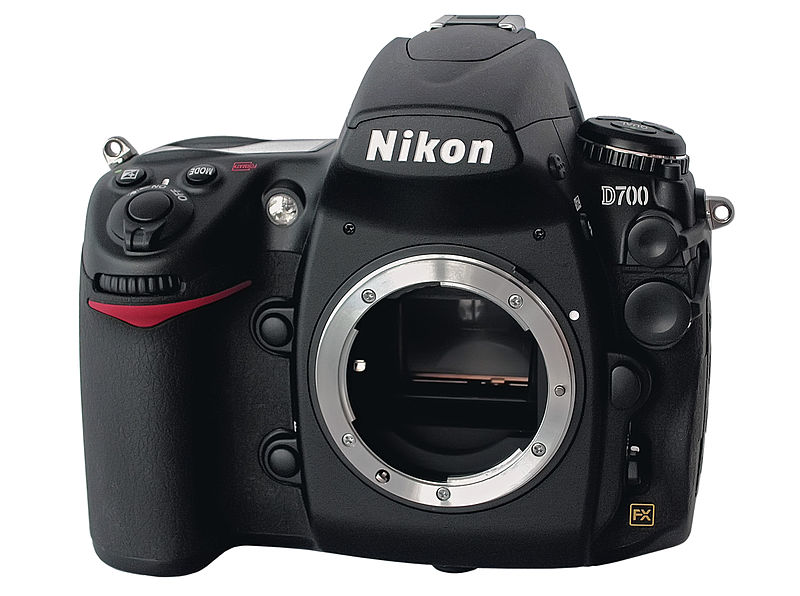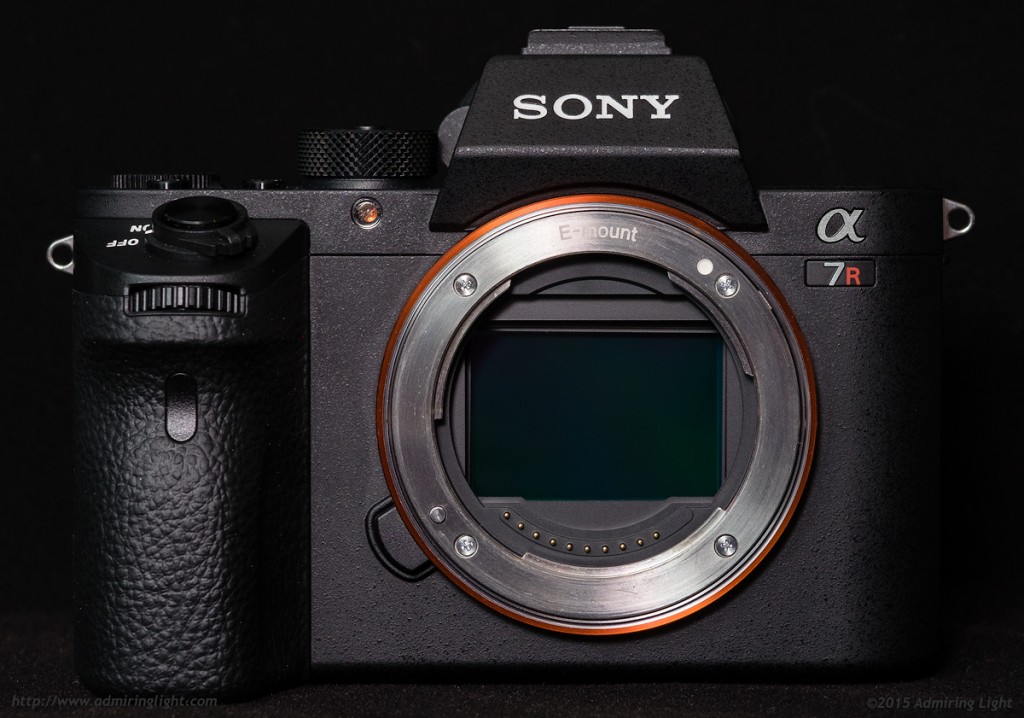Photography is and always has been a two-sided coin of artistic endeavors. There’s the artistic component, from which the beauty of photographic concept is derived; where the photographers vision of the world around them is realized in a static frame. Then there’s the technical side: the process, the equipment, the optics, the developing (which is also both technological and artistic). These two halves are present in any artistic endeavor to some degree, but it is most pronounced in the photographic arts because the machine is what records the image. The photographer aims it, sets the settings, chooses the lens and the aperture diameter, chooses how long to expose the recording medium, etc. But the machine records the image, and its this fact that leads to some of the greatest debates in the photography industry.
With that said, the duality of photography is partially what drew me to the art in the first place. I’ve always been a technology geek, from the time I was a child. I took apart electronics, monkeyed with computers, wrote programs, etc. I still build all of my computers because it’s both much more cost-effective and it’s really fun to take a box of components and assemble them into a working machine. You can tell I also quite enjoy the gear side of photography: if I didn’t, reviewing the endless releases of new cameras and lenses would become very tedious.
However, as all experienced photographers know, while the gear is necessary an inextricably linked to the creation of your images, it’s the artistic vision that decides whether or not an image inspires something in the viewer or simply gets a shoulder shrug and is forgotten.
This is a long intro, but I’ll get to the point of this article: It’s very important to keep perspective with regards to gear and its relationship to the final image. The following discussion could be had about the entire history of photography: from the first Daguerrotypes to wet plate to 8×10 large format film to 35mm to digital. However, for the sake of brevity, I’m going to keep the discussion centered around digital for one main reason: the past 15 years have seen an absolute explosion of technological advancement in digital photography. To focus the discussion, I’m going to also center the discussion around a price point: $3,500 and below.
What was considered ‘outstanding’ 15 years ago:
I’m going to start by going back to the beginning of the digital revolution in photography. Sure, digital cameras have been around a lot longer than 15 years, but for the serious photographer, especially the serious hobbyist photographer, things didn’t really take off until the year 2000. This was the year that Canon released the D30: a 3.1 megapixel DSLR that put a digital SLR in financial reach of mere mortals for the first time. The earlier D2000 and D6000 releases in partnership with Kodak created viable DSLRs, but the exorbitant cost of those bodies made them incredibly niche products.
With the D30, priced at a mere $3000, a professional or hobbyist photographer could finally save up without having to take out a 5 year loan for their camera body. It also helped that the D30 was the size of other prosumer film SLRs on the market and that it had pretty good image quality. That latter point brings me to the real crux of this article: the sliding scale of capabilities…and that starts with image quality.

When the D30 was released, reviewers around the globe were impressed with the outstanding quality that could be created with this new camera. The 3 megapixel images provided plenty of resolution for 8×10 prints and provided images without any grain at all at base ISO. Even more amazing was that ‘very high’ ISOs like 800, while showing plenty of noise, were still cleaner than ISO 800 film. This was insanely good quality. Professionals shot weddings with this camera, despite the horrifically outdated (by today’s standards) 3 point autofocus system. Yes, 3 points. Consider also that this APS-C DSLR didn’t have any native APS-C lenses, since Canon was still relying on all the old film lenses in its EF lineup. As such, it was expensive to go to a normal wide-angle, with a field of view equivalent to a 28mm lens, without going for an ultra-wide EF lens. Ultra-wide on the D30 was essentially impossible, aside from defishing a fisheye.
With all those detriments, it was still highly lauded: Phil Askey of DPReview concluded in his D30 Review, “The D30 is a very complete, very satisfying camera to use, and time after time you’ll load up images and (straight out of the camera) be amazed…Isn’t this what photography is all about?”
Of course a camera released with these specs today would of course fail in comparison to the competition, but for pure image making most photographers of today would look at such a tool as completely inadequate for their work. When did this go from a camera that would amaze to a camera that wouldn’t even be considered for a shoot?
What was considered ‘outstanding’ 10 years ago:
By 2005, the DSLR explosion was in full force. Canon had made huge news by releasing the Digital Rebel (300D), with a 6 megapixel sensor, for under $1,000. Professional and prosumer bodies abounded. Canon had upped the megapixel race considerably by releasing the 16.7 megapixel 1Ds Mark II, an $8,000 body that elicited comments like this, from Bryan Carnathan of The Digital Picture: “What can you use 16.6 megapixels of resolution for? Huge prints for one thing. Think Billboards! The Canon 1Ds II’s image also has lots of cropping headroom. Even after cropping an image significantly, enough resolution can be available for a large print.”
A quick discussion on that point. 10 years ago, 16 megapixels was considered enough to make enormous prints, and had cropping headroom available for still large prints. What has changed in 10 years with regards to that statement? Really nothing. The only thing is the perception that there’s something better out there now.
Back to the $3,500 price point and below. In 2005, the big cameras available at this price point and below were the Canon 5D, the Nikon D200 and the Canon 20D. The 12 megapixel 5D was the first full-frame DSLR that was really within reach of hobbyists, at a price of $3,300. The Nikon D200 and Canon 20D competed in the APS-C space, with 10 and 8 megapixels sensors respectively, and price points of $1,700 and $1,500.

The 5D started a bit of a revolution on its own: a full frame camera, 12 megapixels in resolution, for a ‘reasonable’ price. It was extremely popular. While the autofocus system was the same as on the 20D, the image quality was often compared favorably with the 1Ds II, despite the 4 megapixel deficit. It produced sharper files with lower noise than Nikon’s flagship D2X, and had image quality that was capable of full spread magazine layouts. This camera was one of Canon’s most popular cameras, and was used by wedding photographers, professional landscape photographers and so on for its high image quality and reasonable price.
Compared to today, 12 megapixels is paltry: not a single manufacturer of cameras with a 4/3 or larger size sensor has a current release below this mark. Only the Sony A7s matches it in resolution, though all other imaging parameters are massively higher: a 2 stop advantage in dynamic range, a 2 stop advantage in noise capabilities, and more accurate and sensitive color data. I understand the reason why, but keep the perspective: 12 megapixels and 11 stops of dynamic range was good enough for tens of thousands of published images and millions of sold professional prints.
What was considered ‘outstanding’ 5 years ago:
In 2010, the megapixel race was slowing down a bit, not to pick up again until 2012. Most professional grade cameras had sensors with 20-24 megapixels, but many prosumer cameras were in the 16 megapixel range. Sensor quality had improved a fair bit, with APS-C sensors of 2010 often equaling or surpassing full frame sensors from 2005. This was right at the beginning of the mirrorless debut, though none of the mirrorless cameras were quite equaling what the high-end DSLRs could do at the time.

In the $3,500 range and below, the 24 megapixel full frame Sony A900 was out, along with the 21 megapixel Canon 5D Mark II. On the Nikon side, the D700 was released with great fanfare and popularity, providing their first affordable full-frame camera, though only providing 12 megapixels of resolution. These cameras all had outstanding image quality, and the 5D II and D700 especially enjoyed exceptional success. Price had also come down considerably, with these cameras all sitting just above the $2,000 mark, a 33% reduction in cost from the 2005 generation. Many of these bodies are still in use today by professional shooters, despite lagging more modern cameras in image quality. By this time, professional autofocus was starting to make its way into lower tier bodies, though Canon wouldn’t see that on the 5D series until the next iteration. Still, the print quality and features available were exceptional, and available at a price point that was unimaginable.
Where are we now
Today, imaging power is in a sort of second surge in innovation, after several years of slow down. We have a camera like the Sony a6000, which retails for $448 body only right now, with a 24 megapixel sensor that exceeds the 5D mark II at low ISO, with wider dynamic range, better color depth and higher resolution, while only lagging in High ISO performance by around a half stop. It also has an 11 fps burst rate, full area autofocus and better speed and accuracy than the 5D II, at 1/4 the price. This ‘cheap’ camera is capable of superior imaging at low ISO to almost any camera available in 2010, with similar high ISO. It’s capable of easily exceeding anything around in 2005 in all imaging characteristics. Yet to many, the image quality just isn’t good enough.

There are better options of course: Full frame cameras are available for far less than they were in years past, with the original Sony A7 still available new for under $1,100. At the higher end, the Sony A7R II has a whopping 42 Megapixel sensor that has tested higher than anything ever released by DxO, while Canon’s 50 megapixel 5DsR puts out insane resolution, and Nikon’s D810 produces 36 megapixels of gorgeous quality, all below the $3,500 price point. There are reasons to go for the better stuff. But how much of an impact will the better stuff make to your photography? Only you can make that determination, but my guess is that for most people, the difference between something like an Olympus E-M10 II and the Sony A7R II is going to be fairly minimal. For others, the difference will be huge: it’s important to know your purposes for shooting and make those determinations for how improved quality impacts your final work.

Some final thoughts:
This may seem like an odd article for a site that predominantly covers new gear. But it really puts my philosophy for gear reviews to the forefront: many photographers love the technological side of the craft. I am one of those. But to improve your photography, it’s important to focus on why something works for you, and what increases are and are not important to you. At the beginning of my camera reviews, I always say “ I review from a real world shooting perspective. You won’t find lens charts or resolution numbers here. I review products on how they act for me as a photographic tool.” There’s a reason for that. You’ll also notice in my camera reviews that the image quality section takes up one of five pages, and is generally one of the shorter sections. Again, there’s a reason for that.
Image quality is important in choosing a camera, for sure. If you have specific needs, you need to know if the camera will meet them. However, I find the differences in operation, feel, usability, controls and comfort to be just as important, if not more so. Today’s cameras are ALL exceptional. Everything with a decent sized sensor can produce images that will appease 98% of photographers and viewers of photography. The artistic input of the photographer is so much more important for the success of each image than the small differences in image quality from modern cameras. How a camera operates, however, can be the difference between the camera getting out of the way of the photographer’s vision, and hamstringing the shooter so that they are distracted or miss the decisive moment. It’s the reason I love the Fuji X-T1; the reason the Sony A7 II connected with me so much more than the original A7, despite nearly identical image quality; the reason the Olympus OM-D series is so good. The quality is good on them all, but it’s the operation, ergonomics and usability that really make the difference in real world shooting. And while I have my opinions and work on presenting them to my readers, every photographer is going to be different, and will have to pick up on the parts of a camera that resonate with how they shoot.

With regards to quality, I also feel that the adage of “glass before body” is very applicable. Good lenses, or lenses that render the scene with a specific look that you are after to achieve your vision, have a far greater impact on the final image than the quality of the sensor, especially considering how good all of today’s cameras are.
In closing, it’s fine to dig into the minutiae of camera qualities: but keep perspective on how much of a difference those qualities will make to the final image. Useless debates about which camera is ‘better’ than another are simply that: useless. Use what works for your photography, and let that be your guide for what’s best.






Leave a Reply